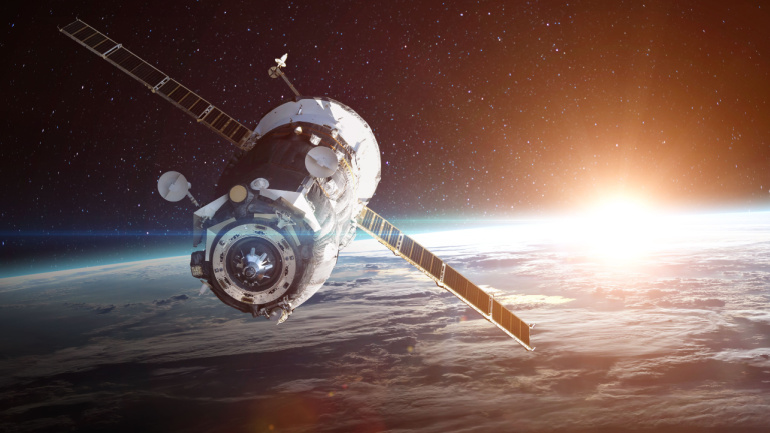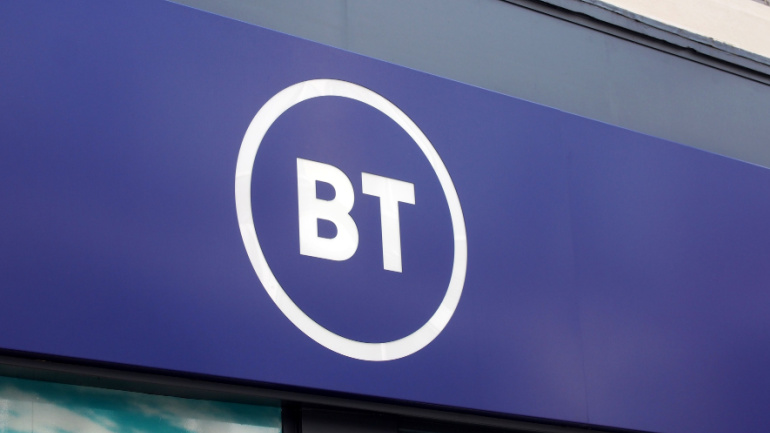In a significant development for remote connectivity, Telstra, the Australian telecom giant, has initiated the transition of its remote mobile sites to the low Earth orbit (LEO) satellite network provided by Eutelsat OneWeb. This move marks a departure from the traditional geostationary (GEO) satellites, aimed at reducing latency issues and meeting the growing demand for real-time services among customers.
BT’s recent talks with SpaceX to leverage Starlink’s LEO satellite fleet for remote connectivity in the UK has sparked curiosity, especially given BT’s current partnership with OneWeb, Starlink’s competition. It’s speculated that Starlink’s innovative direct-to-device capabilities, which promise unblemished global coverage without a need for a terminal, could be the allure.
Iridium, taking the telecommunications industry by storm, aims to connect satellites directly to devices such as smartphones and automobiles through their Low-Earth Orbit (LEO) satellite infrastructure tightly woven on 5G. The key feature here is connecting ordinary smartphones straight to satellite connectivity.
OneWeb’s constellation of low Earth orbit (LEO) satellites will enhance network coverage for Softbank, particularly in challenging regions. The move aligns with Softbank’s ‘Ubiquitous Network’ strategy, which unifies diverse non-terrestrial network (NTN) solutions to expand digital services. Besides its surprise partnership with SpaceX’s Starlink, Softbank continues to boost its stake in OneWeb, supporting its Japanese launch and integration into the Ubiquitous Network.
In a groundbreaking move, Mavenir is joining forces with Terrestar Solutions, a satellite operator based in Canada, to pioneer a project that seamlessly blends satellite connectivity with Open RAN terrestrial networks. This collaboration, revealed just before the Mobile World Congress (MWC), aims to offer users across the globe uninterrupted connectivity by merging satellite and terrestrial network capabilities.
In a groundbreaking move, Viasat, Inc., alongside Terrestar Solutions, Ligado Networks, Omnispace, and Al Yah Satellite Communications Company (Yahsat), have come together to announce the formation of the Mobile Satellite Services Association (MSSA). This new consortium is set to enhance and promote the burgeoning Direct-to-Device (D2D) communication landscape, promising to deliver unprecedented scale and diversity in mobile satellite services.
In a groundbreaking collaboration, T-Mobile US and SpaceX are gearing up for the field testing of Starlink satellites, heralding a significant stride in eliminating mobile coverage dead zones. While the exact date for the commencement of field testing remains undisclosed, T-Mobile is optimistic about its imminent initiation, stating that the low-Earth orbit deployment of satellites sets the stage for the forthcoming trials.
Spark reveals plans to trial satellite-to-mobile services, offering additional coverage and network resilience. Working with satellite provider Lynk, the initial trial focuses on text messaging before expanding to voice and data services, assessing the technology’s potential impact on telecommunications.
Spark’s partnership with Lynk Global marks a major milestone in mobile connectivity for New Zealand, testing direct-to-consumer satellite services to enhance network coverage and combat challenges posed by climate change.
AT&T takes a significant leap forward in its plans to offer satellite direct-to-phone services following the finalization of commercial terms with low Earth orbit (LEO) operator AST SpaceMobile. The agreement sets the stage for AT&T to provide non-terrestrial network (NTN) coverage through SpaceMobile’s constellation until 2030. Although a firm launch date for SpaceMobile’s network is yet to be confirmed, AT&T anticipates the delivery of the first commercial satellites to Cape Canaveral this summer.













